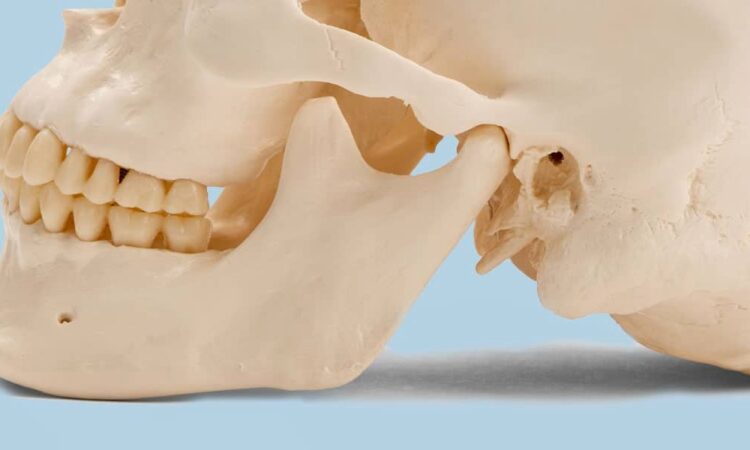
Orthodontic treatment not only aims to straighten teeth and correct bite irregularities but also plays a significant role in addressing temporomandibular joint (TMJ) disorders. TMJ disorders can cause pain, discomfort, and dysfunction in the jaw joint and surrounding muscles, impacting overall oral health and quality of life. Let’s explore the relationship between orthodontics and TMJ disorders and how orthodontic treatment can help alleviate TMJ-related symptoms.
Relationship Between Orthodontics and TMJ Disorders
The temporomandibular joint (TMJ) is a complex joint that connects the lower jaw (mandible) to the skull. TMJ disorders can arise from various factors, including:
Malocclusions: Misalignment of the teeth and jaws can place undue stress on the TMJ, leading to inflammation, pain, and dysfunction.
Bruxism (Teeth Grinding): Habitual clenching or grinding of the teeth can strain the TMJ and surrounding muscles, exacerbating TMJ-related symptoms.
Diagnosis and Evaluation
Diagnosing TMJ disorders often requires a comprehensive evaluation by a dr ryan dentist or oral health professional. This may involve:
Clinical Examination: Assessing jaw function, range of motion, and presence of symptoms such as jaw pain, clicking, or popping sounds.
Diagnostic Imaging: X-rays, MRI, or CT scans may be used to evaluate the TMJ and surrounding structures for any signs of pathology or dysfunction.
Orthodontic Treatment Approaches
Orthodontic treatment can play a significant role in managing TMJ disorders by addressing underlying malocclusions and bite irregularities:
Occlusal Adjustments: Orthodontic treatment aims to achieve proper alignment of the teeth and jaws, reducing strain on the TMJ and improving overall bite function.
Splint Therapy: Customized oral appliances, such as splints or nightguards, may be prescribed to alleviate TMJ-related symptoms by providing cushioning and support for the jaw joint.
Collaboration with TMJ Specialists: In complex cases, orthodontists may work closely with TMJ specialists, such as oral surgeons or physiotherapists, to develop a multidisciplinary treatment plan tailored to the individual’s needs.
Prevention and Management Strategies
Preventing TMJ disorders and managing associated symptoms often involves a combination of strategies, including:
Patient Education: Providing information on proper jaw posture, relaxation techniques, and lifestyle modifications to minimize TMJ strain.
Orthodontic Techniques: Orthodontists may employ specific techniques to minimize TMJ stress during treatment, such as gradual tooth movement and careful adjustment of braces or aligners.
Multidisciplinary Approach: Collaborating with other healthcare professionals, such as physiotherapists or pain specialists, to address TMJ-related symptoms comprehensively.
Conclusion
Orthodontic treatment plays a crucial role in managing TMJ disorders by addressing underlying malocclusions and bite irregularities that contribute to TMJ strain. By working closely with orthodontic and TMJ specialists, patients can achieve improved jaw function, reduced pain, and enhanced overall oral health and well-being.




